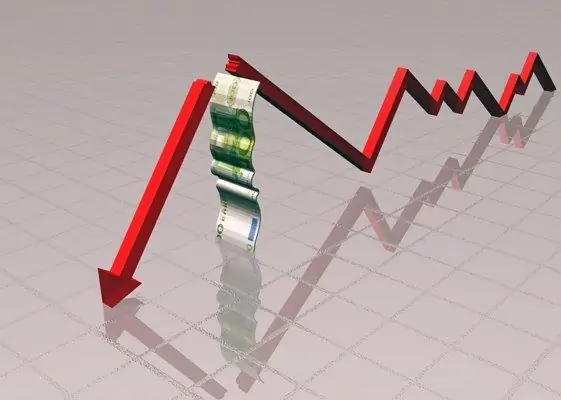The ability to analyze data, draw certain conclusions from it and act in accordance with these conclusions is the key to success - no matter what area the person is working in. To successfully analyze data, you need to learn how to work with it.

Instructions
Step 1
The rules for analyzing data largely depend on their type and the required degree of reliability of the result obtained. For example, when conducting scientific research, the result should be statistically significant, that is, with a certain probability (usually 0, 95 and higher) testify to the correctness of the research performed. For this, special mathematical methods and algorithms are used.
Step 2
A much more common situation is when a person has received some data and he needs to "squeeze" the maximum of useful information out of it for making specific decisions. Here, fairly simple methods can come in handy, allowing you to correctly analyze the collected information.
Step 3
When analyzing data, it is very important to present it correctly. For example, you have two numerical series with data and you need to understand without long mathematical calculations if there is a correlation (dependence) between them. The easiest way to determine this is by presenting the data in graphical form - for example, in the form of graphs. A simple glance at them will be enough to understand whether there is a clear correlation between them or not.
Step 4
To convert the data into a graphical form, use the Excel program from the Microsoft Office package. Run it, enter data in two columns. Select both columns, choose "Chart" from the "Insert" menu. In the window that opens, select the type of presentation you need - for example, "Graph". Click "Next". In the next window, you will see how the finished chart will look like.
Step 5
Click “Next” again, give (if necessary) titles to the chart and the X and Y axes. Click “Next” again, then “Finish”. A picture with two graphs will be inserted into the page. Now, looking at them, you can clearly see if there is any similarity between them. If there is a correlation, the graphs will be very similar.
Step 6
To analyze the data at a higher level, special computer programs should be used. There is both paid software - for example, the STATISTICA software package, and free. You can find a large list of free programs of various kinds here:
Step 7
When analyzing data, it is very important to find the right approach to solving your problem. Choosing the right algorithm can dramatically reduce runtime. Therefore, do not rush to start calculations - think about how this work can be done most efficiently. The analytical abilities of a person are manifested not only in the ability to find connections and draw the right conclusions, but also in the ability to determine the most appropriate algorithm for solving the problem in this particular case.






